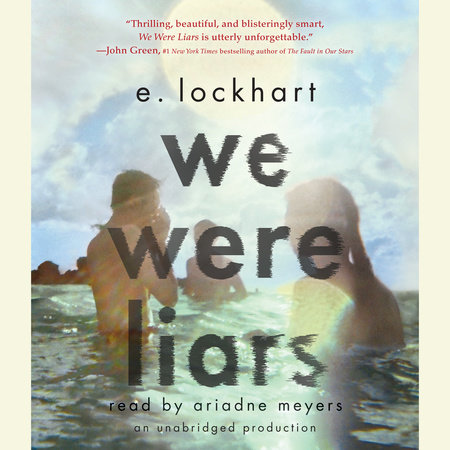TEACHING GUIDE
NOTE TO TEACHERSThis novel contains many elements of the textual complexity referred to in the Common Core State Standards for Reading (ELA Appendix A).
Intertextuality Lockhart rewrites and comments upon several works of classic literature, making
We Were Liars highly intertextual:
Like
We Were Liars, Shakespeare’s
King Lear is the story of an impaired monarch bent on choosing between three daughters, and the toxic competition that choice forces upon the women.
Also like
We Were Liars, Emily Brontë’s
Wuthering Heights is the story of a poor boy of color brought into a wealthy white family, his ill-fated love affair with one member of that family, and the way the family’s disdain pushes him to monsterous deeds.
Andrew Lang’s famous fairy-tale collections (e.g.,
The Blue Fairy Book) are referenced in
We Were Liars, and Lockhart retells
numerous fairy tales, including:
The
King Lear–like tale “Cap O’ Rushes” is best known in English as recounted by Joseph Jacobs, but variations have appeared in many countries.
“Sleeping Beauty” (recounted by both Perrault and Grimm).
“Beauty and the Beast” (Villenueve/de Beaumont).
Textual Complexity We Were Liars has several features the ELA Appendix A refers to as qualitative measures of textual complexity:
A complex structure. We Were Liars is a first-person narrative, but that narrative includes fairy-tale insterstitials, hallucinatory episodes, and scenes that are repeated with new interpretations at different points in the story.
Multiple levels of meaning and textual ambiguity. The narrator is unreliable. Is Cadence lying? Is Cadence hallucinating? Were the Liars justified in any way in doing what they did? Was the crime successful in any way? Is the Sinclair family acting of their own free will, or are they in some way merely moving through patterns established in fairy tales that existed long before them? And so on. The novel is open to many interpretations.
Figurative, ironic, ambiguous, and purposely misleading language.

